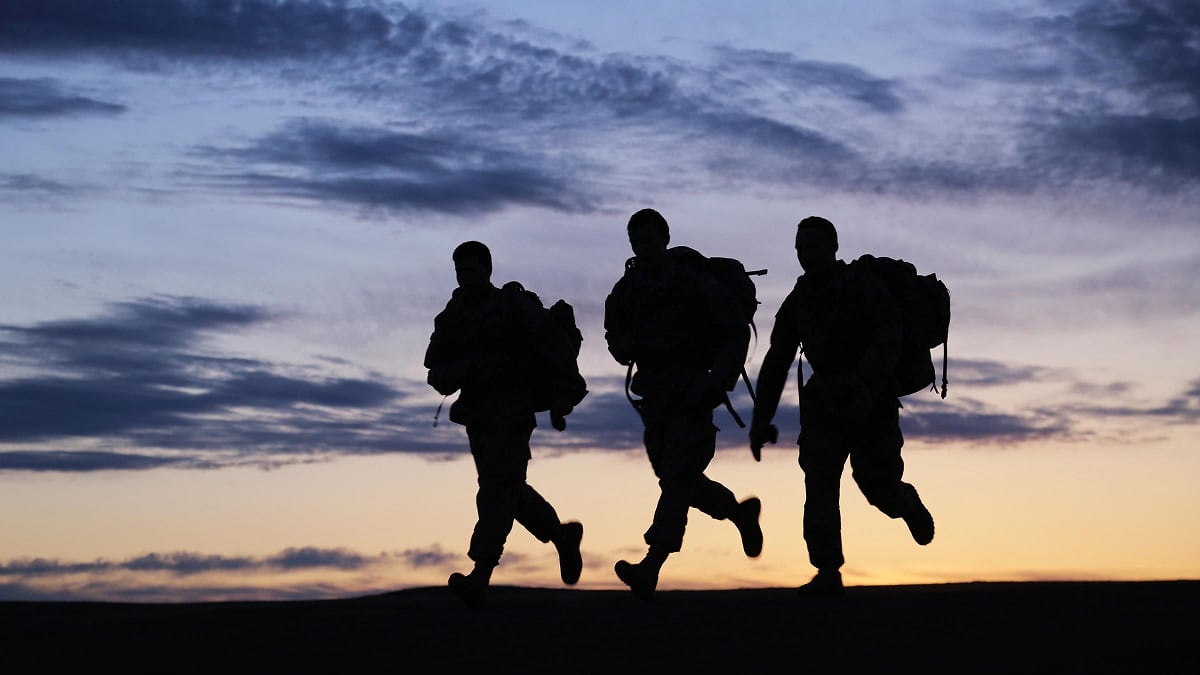Four years after the Army rolled its last tanks out of Europe, the service has sent back a brigade’s worth of equipment to have on stand-by and plans to add a second set this year.
The Army’s budget plans support not only that build-up in Europe, but also modernizing those armored brigade combat teams and the ones at home, Lt. Gen. John Murray, the deputy chief of staff for program development, said Tuesday.
“Our plan now is to fill out not one, but two BCTs in what we call pre-positioned stock in Europe, with the most modern tanks, Bradleys, [armored multi-purpose vehicles], [joint light tactical vehicles],” he said.

The vehicles, housed in Belgium and the Netherlands, are in addition to the brigade’s worth of equipment and personnel that are continually in Europe, as part of a heel-to-toe rotation that began in 2016.
“It’s this realization that we’re back to an era of nation-state potential conflict,” Murray said.
If tension with Russia comes to a head, the Army will be able to send two brigades of personnel to link up with the pre-positioned stocks, quickly putting the equivalent of an armored division on the ground.
RELATED

The 2018 and 2019 budgets also set aside funds for upgrading armored BCTs across the Army.
“Two years ago I would have told you that we were modernizing one ABCT every 2.5 years,” Murray said. “Today I will tell that that over the next five years, we’re going to do one per year.”
By speeding up improvements to combat systems, he added, the Army makes progress toward fielding its next-generation combat vehicle, a top priority of the coming Army Futures Command.
“I’m convinced, the faster we upgrade the equipment we have, the quicker we can make a move to new production,” Murray said.
Meghann Myers is the Pentagon bureau chief at Military Times. She covers operations, policy, personnel, leadership and other issues affecting service members.








